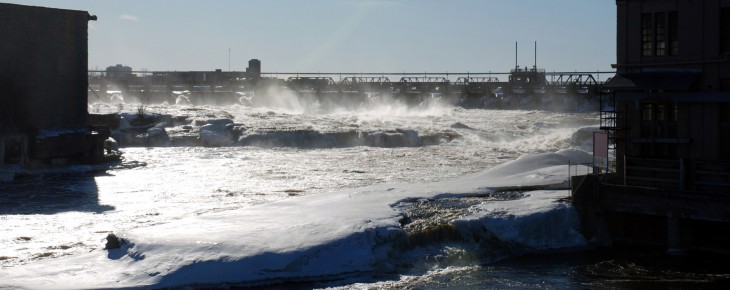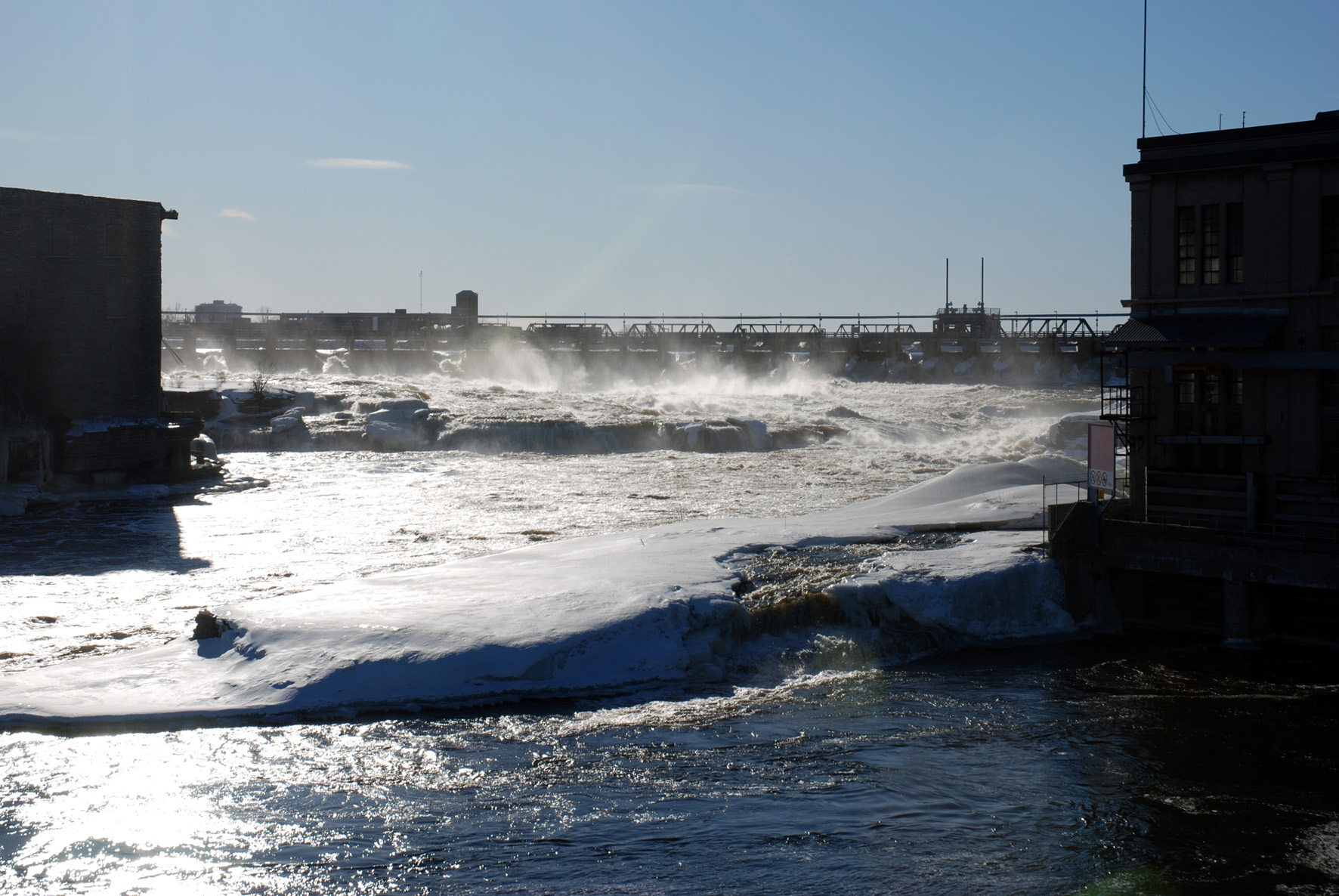


I went to the Chaudiere Falls last week. It felt like visiting a ghost town.
I went to a guard office first, instructed to do so by large signs that said: Visitors report to the guard office.
But the guard office was closed. Peering through grim-stained windows, I could see it had been closed a long time. There were cardboard boxes on the floor. A layer of dust on a desk.
The signs had been so explicit about reporting there, I stood in front of the hut for a minute, staring around and stupidly wondering if a guard would be coming back.
But no one was coming back. Nor was there much to look at, other than crumbling, century-old factory buildings and a deserted parking lot.
I am not sure if there is another North American city that has turned its back more completely on the one geographical feature that brought them together, than our city has.
There is always a feature like that. The reason people travelled to a place and then stayed. The seaside harbour; the pass through the mountains; the fork in the river.
With Ottawa, it was the Chaudiere Falls, a wonder of nature so grand, so majestic, no nomadic hunting party could travel past it for millennia without stopping to offer prayers (because this thing was scary.)
Philemon Wright, our first settler, stopped at the Chaudiere Falls because no one had bothered surveying further up the river. The Falls were a natural barrier. And so Wright stayed, and then the timber trade began and the Falls became the epicenter of Bytown.
In any other city, ground zero is something you tend to notice. A church in the walled city of Quebec. Boats in the Halifax Harbour. A cross on Mount Royale.
But go to our ground zero — the Chaudiere Falls — and try to imagine a tourist ever finding the place. The falls are perhaps the loneliest, most abandoned stretch of real estate in the nation’s capital.
When I was there, there actually was a metal gate that creaked and banged in the wind. Birds that stared at me from inside the windows of crumbling, red-brick buildings.
A windswept bluff with no people walking on it and a solitary gull that circled and squawked on the horizon.
I looked around for a minute to see if Alfred Hitchcock might be filming something. This place was a crime scene just waiting to happen. Yellow tape might actually spruce it up.
I think it is a crime, what we have allowed to happen at the Chaudiere Falls.
It is difficult to even find the Chaudiere Falls nowadays. You have to access it off the Chaudiere Bridge, the most under-utilized of our inter-provincial bridges, a quick turn off a winding, two-lane road.
It has been decades since there was any public access to the Falls and almost as many decades since a mill operated here.
Owned by Domtar now, it is a strange sensation, driving to the Falls and trying to play tourist.
When I leave the abandoned guard hut I walk toward the Falls and see that several gates on the hydro-electric dam are open. Water pours over the rocks below, creating the eddies and churning, white water that gave this place its name – Chaudiere. French for cauldron. A boiling cauldron.
Strange this name is now given to a place as listless and dank as a beached boat.
Wondering if I can get any closer to the Falls, I follow signs for the Chaudiere Hydro office. I open a wooden door on an old building and start walking by empty room after empty room of mismatched office furniture and cardboard boxes. Eventually I find a lunchroom, with two men inside.
“You can’t get any closer,” says one. “It’s not open to the public.”
“It seems absolutely abandoned out here.” “Not a lot of people working here anymore, that’s for sure.” “Seems a waste.”
“It is. You should see those falls in the spring. They’re a wonder.”
He goes back to eating his sandwich. On my way downstairs a piece of linoleum flooring peels off beneath my feet, so old and rotten it has come off under my tread.
One of the natural wonders of the province. Yes, I think it might well look better as a crime scene.
Article by: Ron Corbett
Link to original article here
 Wordpress
Wordpress





